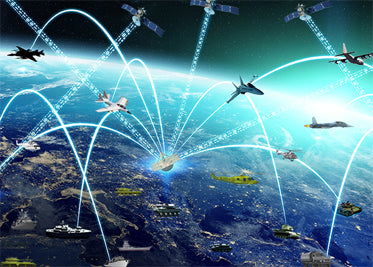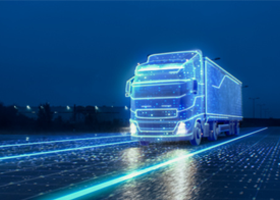
Tim Miller, VP of Product Marketing at One Stop Systems explains how OSS is addressing the common requirements for video analytic applications with it's AI on the Fly® building blocks. AI on the Fly is defined as moving datacenter levels of HPC and AI compute capabilities to the edge.
To read the article, click here.
By 2020, over a billion video cameras used in commercial applications will be deployed, generating an avalanche of raw video data. In many cases, transforming this data to actionable intelligence requires deploying artificial intelligence and high performance computing capability at the data source. These diverse applications power smart city infrastructure, public safety and security systems, and drive business intelligence insights. In smart cities, video analytics is used for traffic management, parking optimization, crowd management, and infrastructure monitoring. Public safety and security applications at private and public sites including airports, sports arenas, and shopping malls are used for perimeter intrusion and anomaly detection, threat tracking, and importantly today, in mass health monitoring to identify potential virus hot spots when coupled with infared thermometers. Business intelligence applications can drive real time retail strategies through dwell time and behavior analysis, and commercial operations management through real time event reporting and monitoring of industrial automation processes. Common functions in these applications include video data filtering, searching, aggregation, and image recognition. Artificial intelligence algorithms are often required to deliver transformative insights and enable real time decision making.


According to the American Trucking Associations (ATA), at current trends the driver shortage could surpass 160,000 by 2030. ATA estimates that, in the next decade, the industry will have to recruit nearly a million new drivers into the industry to replace drivers exiting the field due to retirements, driver burn-out, compensation and poor benefits. These are the challenges facing transportation executives in securing a robust driver pool.
However, the challenge of driver shortages does not end with the trucking industry. Rather, the scarcity of drivers directly affects the larger manufacturing sector.
To read the full article click here.
